The new region may be called Grand Est (Great East) in France today but to its locals, it remains Alsace. It is the region that has been a tinderbox for centuries in the relations between France and Germany, leading vast armies to fight over it causing millions of deaths.
The history of France and the Alsace region at the heart of Europe has shaped the continent and has greatly influenced the European Union we see today.
Around 50% of the locals speak a German-influenced language called Alsatian which is officially recognized alongside French as a regional language in France.
The street signs, the gastronomy, and the traditions all still demonstrate the influence of the dueling French-German cultures over the centuries. The history of Alsace remains ingrained in its inhabitants.
- 1. Human civilization in Alsace dates back to the prehistoric era.
- 2. Julius Caesar and the Romans conquered the region.
- 3. Clovis, the King of the Franks, would make it part of what became known as France.
- 4. Charlemagne united France, Germany and Alsace.
- 5. Charlemagne's descendants couldn't agree how to carve up his kingdom.
- 6. The region prospered during the Middle Ages.
- 7. Jewish persecutions were common in Alsace.
- 8. The Habsburg Religious wars killed many people in the region.
- 9. The Habsburg empire sold the region to France.
- 10. Sun King Louis XIV of France
- 11. The French Revolution brought much destruction.
- 12. Napoleon Bonaparte decided to try to conquer the lands east of Alsace.
- 13. The region exchanged 4 times between France and Germany in a span of 80 years.
- 14. Today, Alsace is one of the capitals of the European Union.
1. Human civilization in Alsace dates back to the prehistoric era.
Nobody is entirely sure how old Alsace is. The biggest city, Strasbourg on the Rhine River, has had excavations with artifacts from as early as the Neolithic era (12000BC). Everyone from the Celts, the Huns, the Franks, to the Romans have settled in the area.
2. Julius Caesar and the Romans conquered the region.
In 58 BC, Julius Caesar and the Roman Empire conquered Alsace. But by the fall of the Roman Empire, it was the Alemanni tribes of Germanic origin, who controlled this area around the Upper Rhine river.
3. Clovis, the King of the Franks, would make it part of what became known as France.
In 496AD however, King Clovis and the Franks (as the people of France were known at the time) conquered Alsace. He had recently converted to Christianity, and so converted his kingdom, including the region of Alsace.
4. Charlemagne united France, Germany and Alsace.
They say that every European is related to King Charlemagne. He had at least 18 children, so he certainly knew how to get around.
By the late 8th century, Charlemagne had conquered almost the entirety of the area known today as France and Germany into his Frankish Empire. He thus imagined that the wars in Europe were over as he was crowned the Holy Roman Emperor.
5. Charlemagne’s descendants couldn’t agree how to carve up his kingdom.
But upon his death, his sons started squabbling. By 842 AD, two of his grandsons, Louis of East Francia (Germany) and Charles of West Francia (France), decided to sign a treaty called the Oath of Strasbourg.
Their goal was to oppose their older brother Lothair of Middle Francia whose lands were, you might have guessed, right in the middle. This was the area including the region of Alsace.
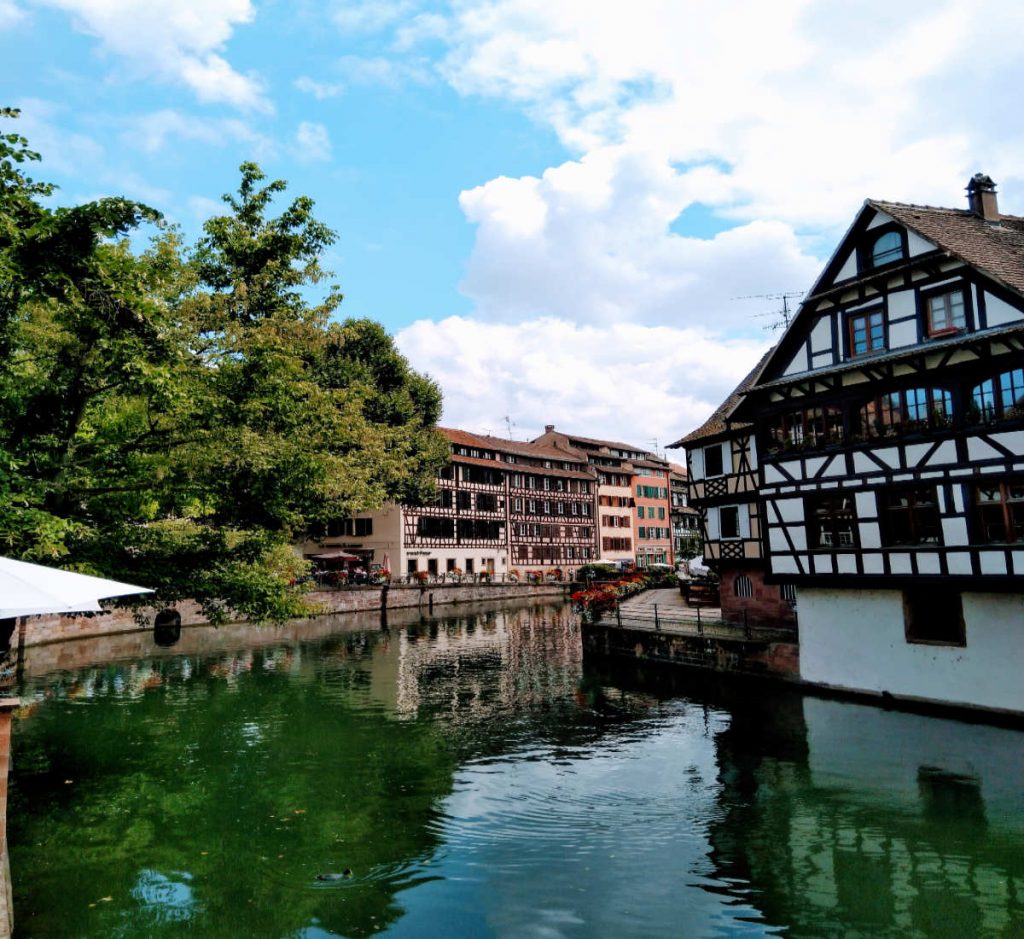
The Oath of Strasbourg was written up in multiple languages: Medieval Latin, Old French, and Old German. Presumably, the brothers all grew up speaking one language, but then had to translate it for their regional armies!
When Lothair died, the brothers divided the land between each other and continued to duke it out, with Louis the German and his descendants gaining Strasbourg. (You can read more about the French Royal family here.)
6. The region prospered during the Middle Ages.
Alsace prospered in the 12th and 13th century, within the Holy Roman Empire which it was still a part of. Around 1262, Strasbourg got the right to declare itself a “Free Republic” within the Holy Roman Empire of which it now found itself a part of.
As a central stop on the Paris-Vienna-Orient trade route, it became an economic powerhouse. Alsace was also the trade spot to link as well as Germany and Switzerland to the Netherlands, England, and Scandinavia.
7. Jewish persecutions were common in Alsace.
But bad times were ahead. A bad harvest combined with the plague, brought out the worst in people. As in modern times, the calamities were blamed on the Jews, with pograms and evictions being carried across Strasbourg, Colmar, and other areas of Alsace.
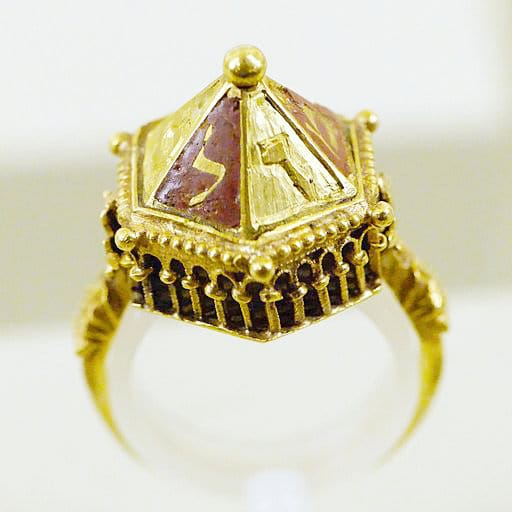
One sad example is the treasure hoard, known as the Colmar Treasure, believed buried by a Jewish family in early 1349-50. When the Plague struck Colmar, the townspeople accused the Jews of poisoning the wells and burned its Jewish citizens to death.
The Colmar Treasure was discovered in 1863 in the wall of a house in the medieval street known then Rue des Juifs (Street of the Jews). The precious objects found include one of the last examples of a Jewish Marriage Ring.
8. The Habsburg Religious wars killed many people in the region.
By this point, the Holy Roman Empire had started to decline and the wars of religion were starting to take place. Both the Protestant Reformation and Catholic communities found themselves at the crossroads of Alsace.
It was to be the 30 Years’ War from 1618-1648 with fatalities of over 8 million people, with Alsace and Central Europe as the main battleground. On one side were the Hapsburgs and their allies (Holy Roman Empire, Austria, Spain), and on the other were the anti-Hapsburgs (England, France, Netherlands, and Scandinavia).
It was one of the most destructive wars in human history, only to be later surpassed by WWII on the same battleground.
9. The Habsburg empire sold the region to France.
At the end of the war in 1646, the Habsburgs sold Upper Alsace to France for 1.2 million thalers (German silver currency at the time). Some towns remained independent, however, with the German language still retained for administrative purposes.
10. Sun King Louis XIV of France
The situation lasted until 1681 when the Sun King Louis XIV of France (the builder of Chateau de Versailles), decided to annex the remaining independent towns of Alsace, including Strasbourg. It was the Nine Year War, again against the Austro-Germanic Hapsburgs.
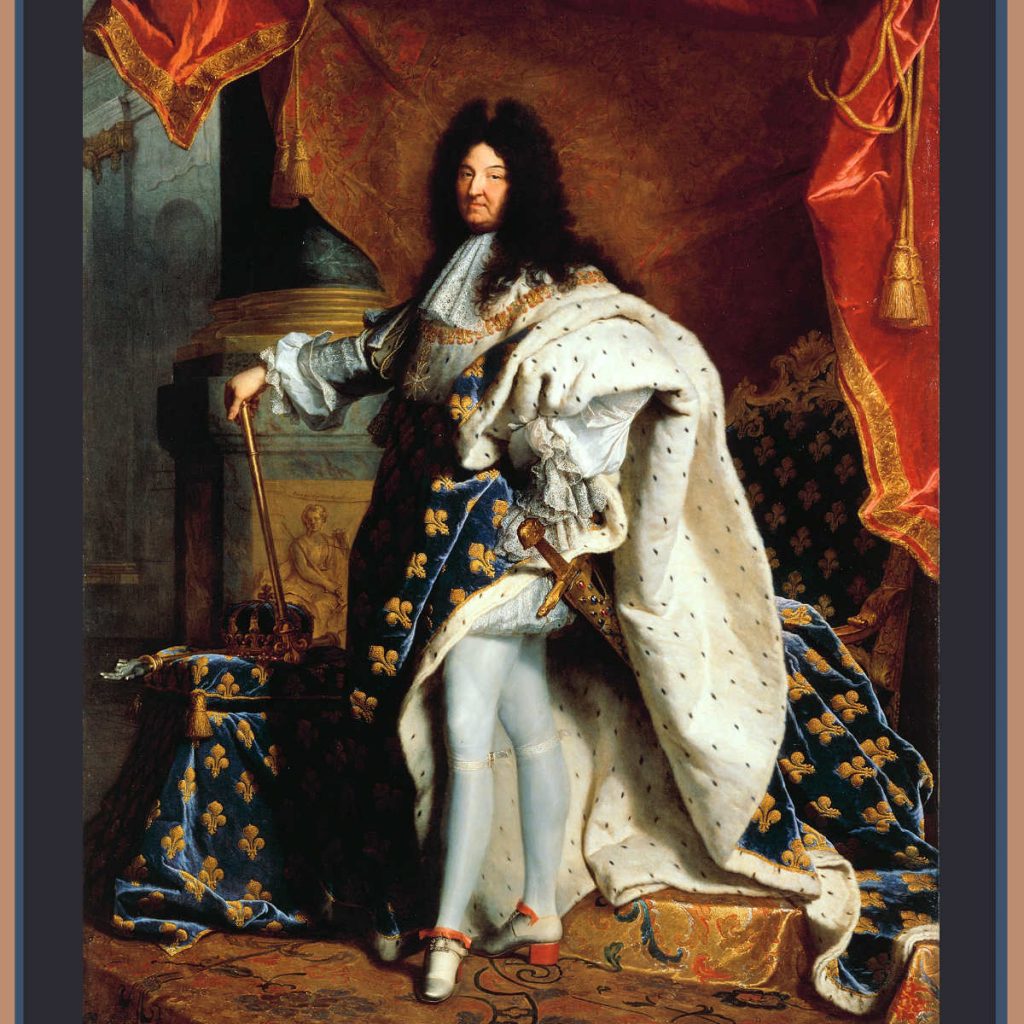
At the time, Louis XIV was the most powerful leader in Europe, and could not be contested. For some historians, it is this point that is the “original sin”, with Alsace becoming officially attached to France. You can read more about the French royals here.)
11. The French Revolution brought much destruction.
The 1789 French Revolution was not kind to Alsace and Strasbourg, with its special status being revoked. Many of the city’s great monuments almost destroyed to the ground. Tens of thousands of Alsatians fled east into Germany to escape the upheaval.
In 1792, a soldier and poet named Rouget de Lisle composed in Strasbourg the Revolutionary marching song “La Marseillaise” (as Marching song for the Army of the Rhine), which later became the anthem of France.
12. Napoleon Bonaparte decided to try to conquer the lands east of Alsace.
With Napoleon Bonaparte heading east to expand the French Empire, Alsace again found itself at on the front lines of the wars against France’s enemies. The department of Alsace was enlarged with the annexation of German lands to the south of the Rhineland.
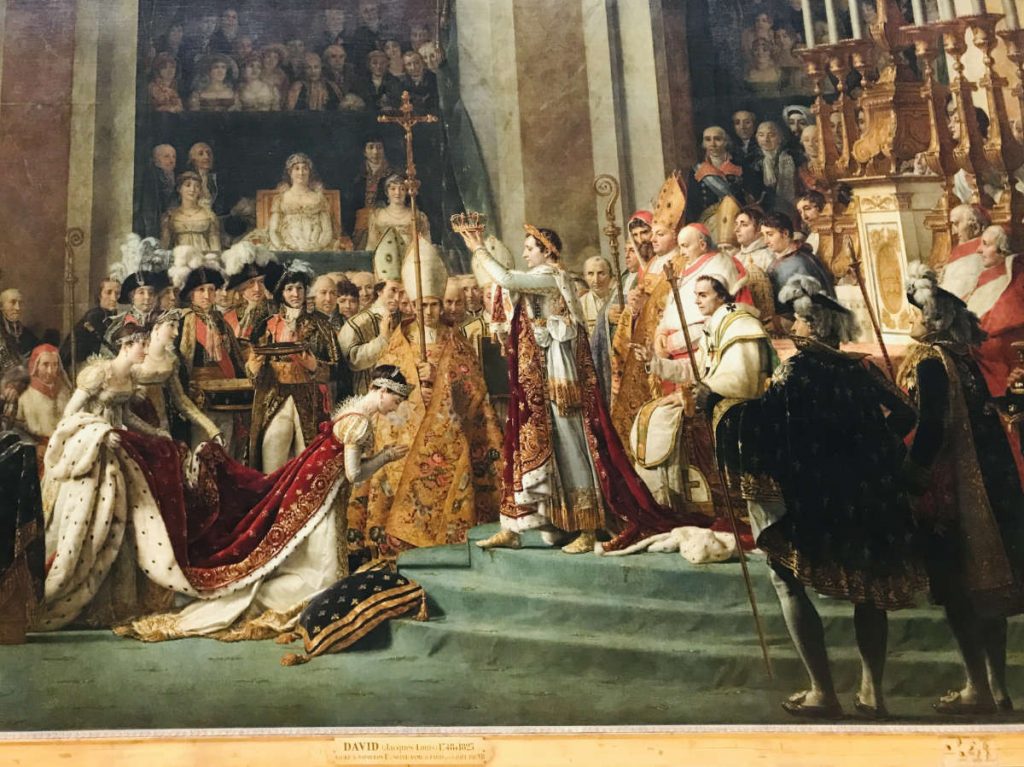
As a border region, Alsace was teaming with soldiers and again saw its population increase dramatically.
13. The region exchanged 4 times between France and Germany in a span of 80 years.
Just as the Alsatians were finished recovering and rebuilding from Napoleon’s adventures, would come the great World Wars. In a span of 80 years, Alsace ping-ponged 4 times between European countries more powerful than themselves:
- The Franco-Prussian War of 1870 where the region was heavily bombarded, and then absorbed into the new German Empire.
- World War I in 1914, when 380,000 Alsatians were mobilized into the German army.
- At the end of the WWI, France took back Alsace as part of the German settlement of the War in 1919 with the Treaty of Versailles. German and Germanophile-leaning Alsacians were expelled and French officials put in their place. French was restored as the administrative language.
- World War II, when German soldiers invaded in 1939 and annexed Alsace. All Alsacians were automatically considered to be German citizens and their currency devalued. The French language was banned and German became obligatory, with all signage translated into German.
- After the end of WWII, Strasbourg and the region of Alsace went back to France in 1944 as a gesture of reconciliation between France and Germany.
You can read more about French history here.
14. Today, Alsace is one of the capitals of the European Union.
In recognition of its special importance between France and Germany, Strasbourg in Alsace is one of the 3 capitals of the European Union, along with Brussels and Luxembourg.
Its geographical and sentimental importance at the heart of Europe remains to this day.
And these days tourists flock to the region. With charming villages and expansive vineyards producing different types of renowned wines, Alsace has become a major attraction for visitors from the world over.

If you enjoyed that article, you can read more facts about Alsace here. A bientôt!
¹ Featured Image: Painting by Johann Tobias Sonntag, Musée Historique de Strasbourg

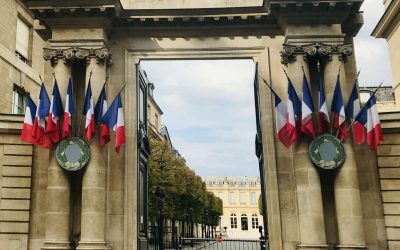
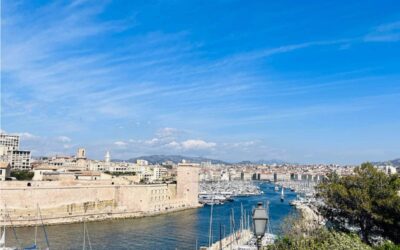
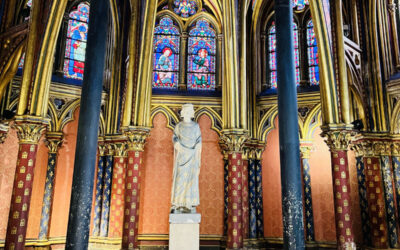
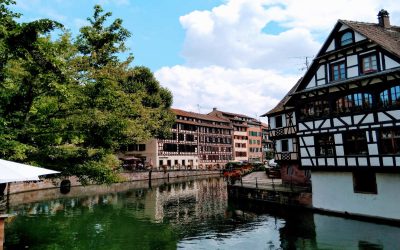
I really enjoyed all the information about Colmar and the History of the area. My grandparents were from Colmar and this is the first time I have been able to learn about my ancestry. My grandmother was sent to the USA when she was 13 years old and my grandfather came when he was 19 years old. I remember my grandfather telling about how he worked in the vineyards.
Thanks Jacquelyn, that is so lovely to hear! It is a beautiful area, very much a small town village feel. I really wish I had been able to spend more time in the area, because it is quite different from the rest of France. I hope you and your grandparents have been able to revisit (or one day can visit again!)